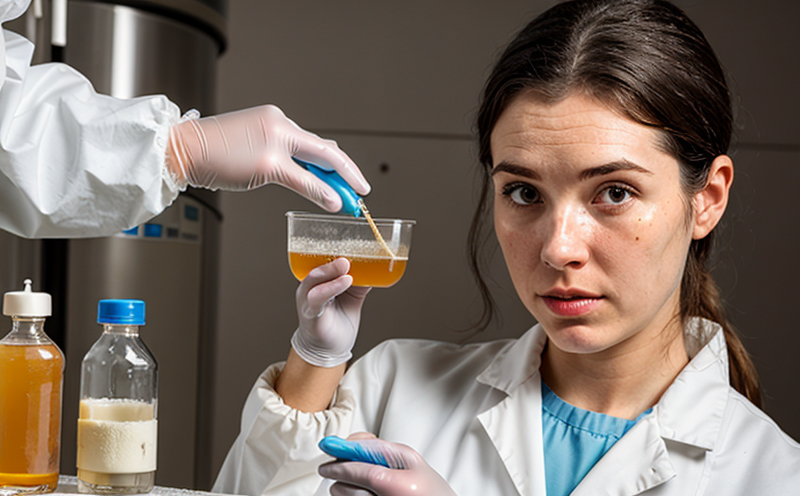WHO Indoor Air Mould Risk Assessment Testing
The World Health Organization (WHO) recognizes the importance of indoor air quality and has established guidelines aimed at minimizing adverse health effects from poor air quality. One critical aspect of maintaining good indoor air is addressing fungal growth, particularly mold, yeast, and other fungi that can thrive in damp environments.
Mold and other microorganisms can pose significant risks to human health, especially for individuals with pre-existing respiratory conditions such as asthma or allergies. The WHO Indoor Air Mould Risk Assessment Testing service aims to identify potential fungal growth sources within indoor spaces and assess the associated health risks accurately.
This testing involves a series of comprehensive steps designed to evaluate air samples collected from various indoor locations, including HVAC systems, ducts, and other areas prone to moisture accumulation. The process begins with the collection of airborne spores using specialized sampling devices such as settle plates or impingers. These samples are then analyzed in our state-of-the-art laboratories.
The laboratory utilizes advanced analytical techniques like scanning electron microscopy (SEM), high-performance liquid chromatography (HPLC), and mass spectrometry to identify specific fungal species present in the sample. This detailed analysis allows us to determine which molds, yeasts, or fungi are most prevalent and whether they align with known health risks as outlined by international standards such as ISO 14644.
Based on our findings, we generate a comprehensive report outlining the types of microorganisms detected along with their concentrations. This document also includes recommendations for remediation actions based on WHO guidelines. Our team works closely with clients to ensure that these measures are both effective and environmentally responsible.
The importance of this testing cannot be overstated; it helps property owners, facility managers, architects, and engineers make informed decisions about necessary improvements needed to maintain safe indoor air quality. By identifying problematic areas early on, we can prevent costly repairs later down the line while ensuring compliance with relevant regulations.
Our laboratory adheres strictly to international standards like ISO 14644-3:2019 and EN 15784 to ensure accurate results. We employ experienced scientists who are well-versed in microbial sampling methodologies, providing reliable data that forms the basis for informed decision-making.
In conclusion, WHO Indoor Air Mould Risk Assessment Testing is an essential tool for anyone concerned about indoor air quality and its potential impact on occupant health. By leveraging this service, businesses can protect their assets and most importantly, safeguard employee wellbeing by addressing mold issues before they become significant problems.
Applied Standards
- ISO 14644-3:2019 – Cleanroom Classification
- EN 15784: Air quality in buildings for a healthy indoor environment – Particular particles, biological agents and gaseous pollutants
The testing process adheres to these standards ensuring that all procedures are consistent with globally recognized best practices. This commitment ensures accurate results which are crucial for making informed decisions regarding remediation efforts.
Why Choose This Test
Choosing WHO Indoor Air Mould Risk Assessment Testing offers several advantages over other approaches, including:
- Comprehensive Analysis: Our testing methodology goes beyond simple detection of mold spores; it provides detailed information about the types and quantities of fungi present.
- International Recognition: Utilizing WHO guidelines ensures that our assessments are consistent with widely accepted standards, enhancing credibility for your organization.
- Expertise: Our team comprises highly skilled professionals specializing in environmental microbiology who understand the nuances of indoor air quality assessment.
- Custom Solutions: We tailor each test to meet specific client needs, whether it be a large commercial building or a small residential property.
Quality and Reliability Assurance
To maintain the highest standards of quality and reliability in our testing services, we implement several key practices:
- Training and Certification: All staff undergo continuous training to stay updated on the latest techniques and methodologies.
- Accreditation: Our laboratory is accredited by relevant bodies ensuring compliance with stringent quality assurance protocols.
- Controlled Conditions: Samples are handled under strict controlled conditions minimizing contamination risks throughout the testing process.
- Peer Review: Results undergo rigorous peer review processes before final reports are issued, guaranteeing accuracy and reliability.





